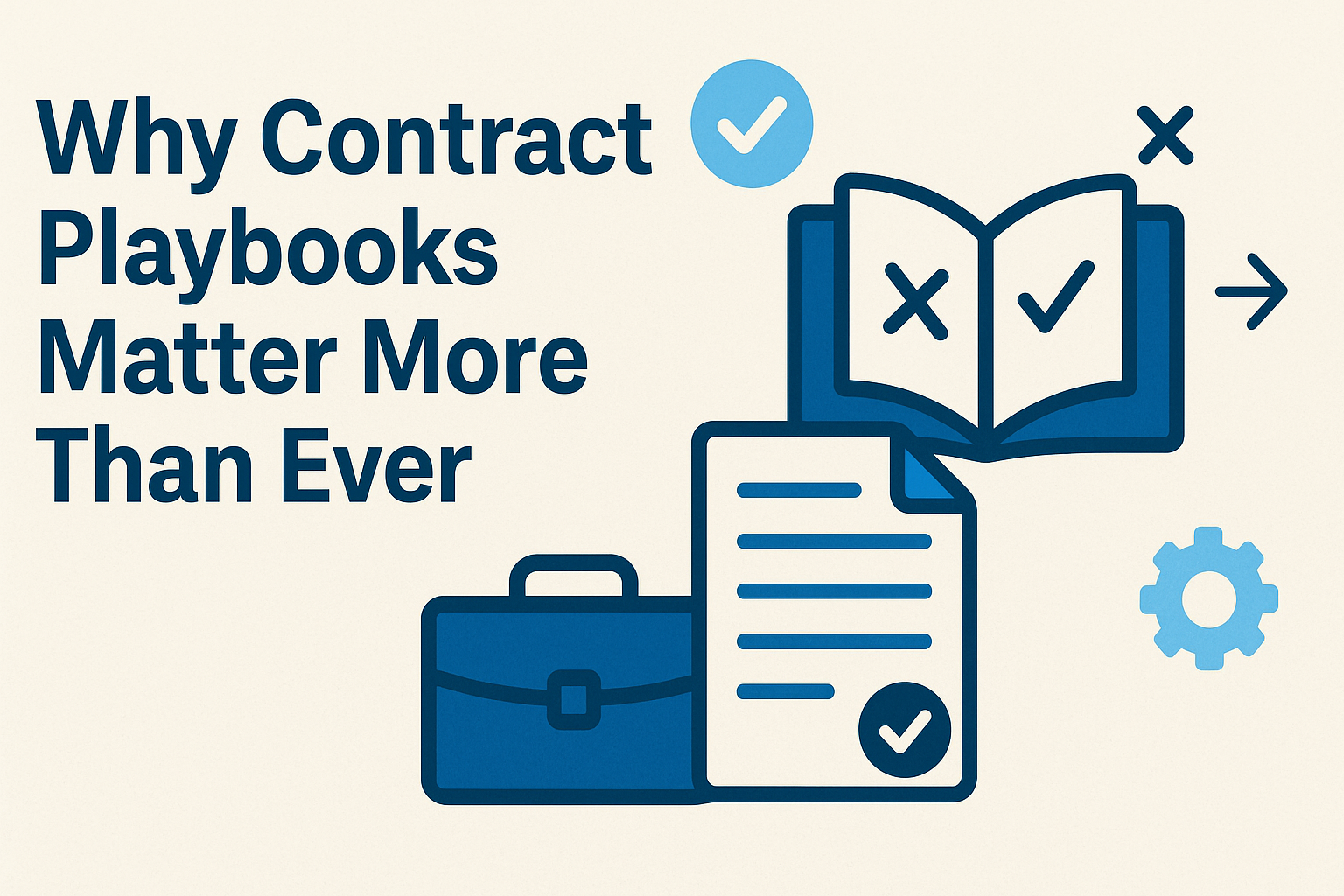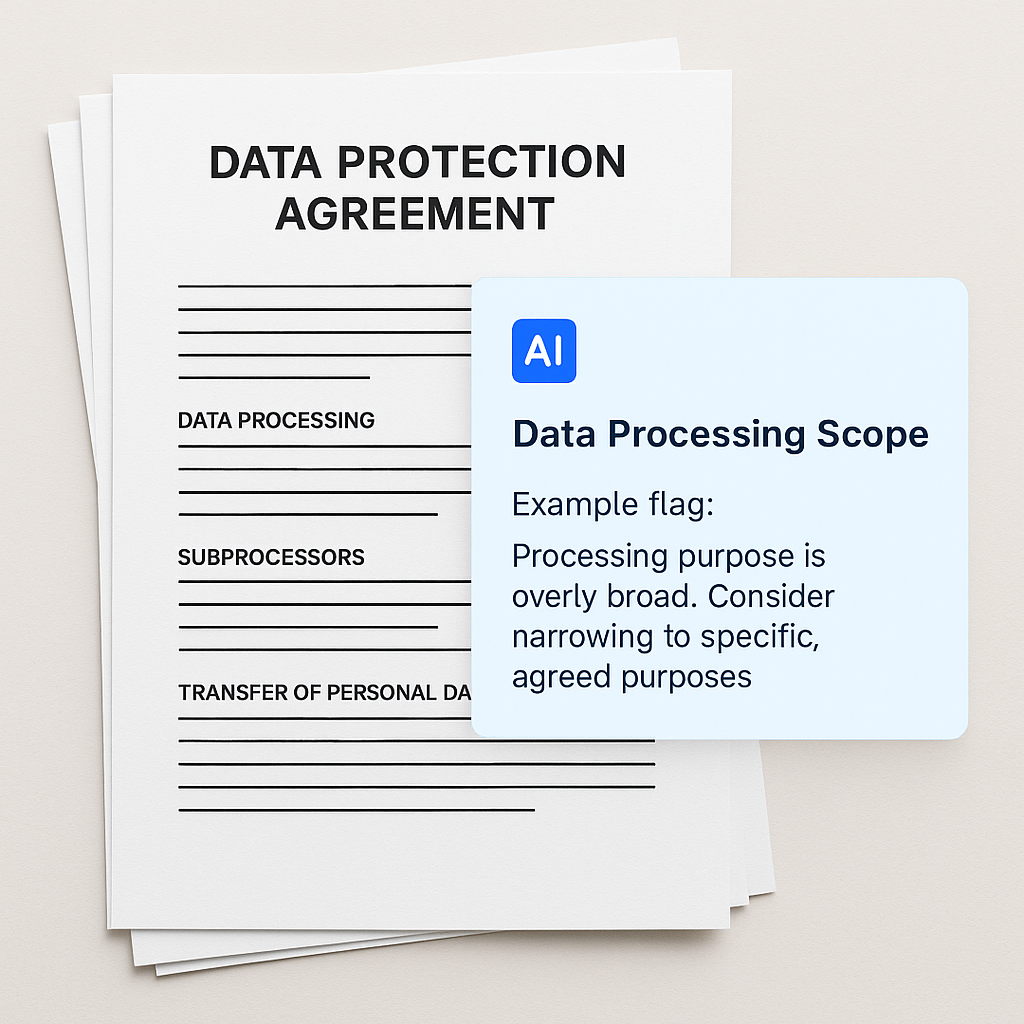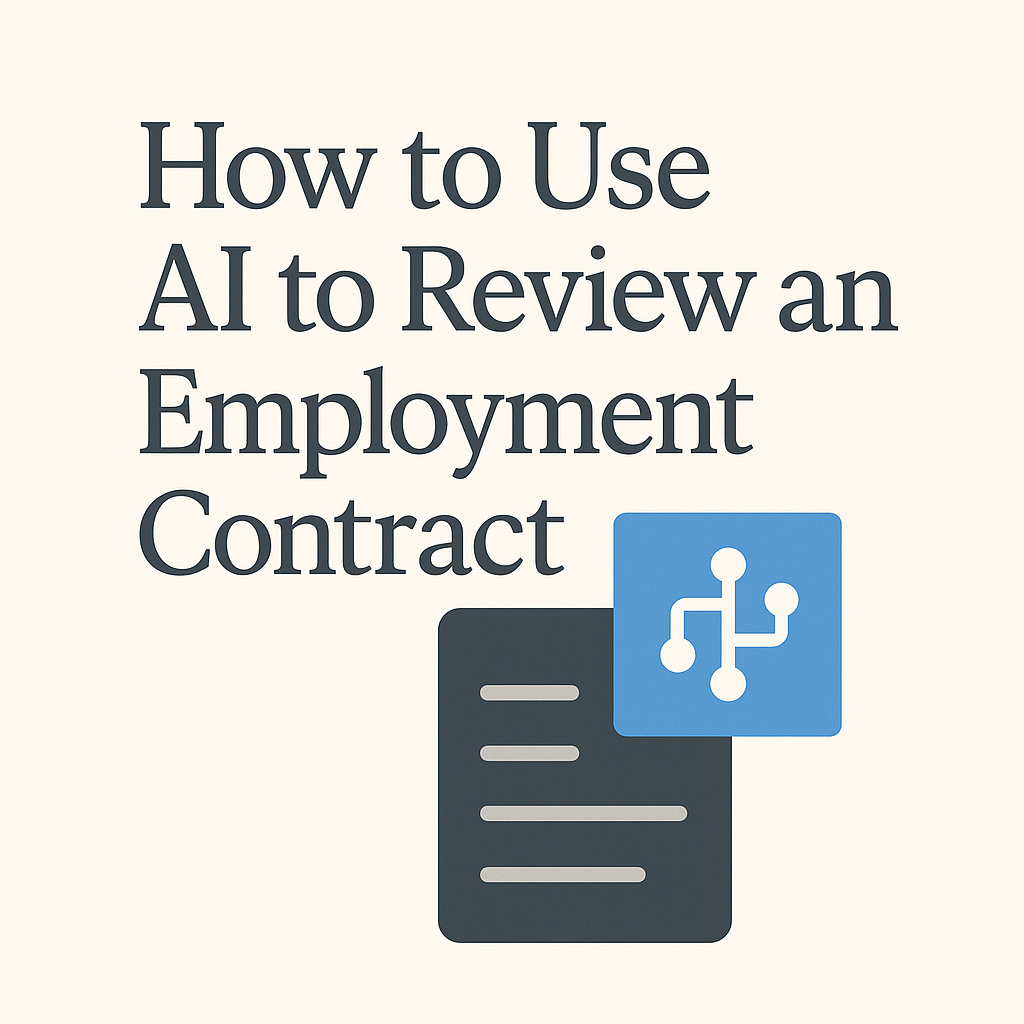Plans & Pricing
About Gavel
Careers
Product Wishlist
Subdomain Log In
Manage Account

How to define the scope of a legal product or tech product by starting small, thinking big, and iterating quickly based on your learnings.
Easy intake and document automation to auto-populate your templates.
Before you begin building your legal product, several critical steps will help ensure its success. First, choose the right model and gather the necessary tools. Next, establish a structured approach to building, including user research, competitive analysis, and problem identification. Only after conducting thorough research should you create a prototype, followed by user feedback and iterative improvements until you have a product worth investing in.
After completing user research, define the scope of your product. For automated legal documents, this means deciding what to automate. The key is to start small, focusing only on essential features to develop an MVP—a functional product that attracts early users without unnecessary complexity.
Once you receive user feedback, iterate on your product, gradually adding features and expanding its scope (e.g., covering additional legal document types or jurisdictions). Using the right tools, such as Gavel, enables rapid prototyping, helping you refine your product efficiently while minimizing wasted time and resources.
Your research should drive decisions—avoid committing to specific product versions too early. Instead, validate your ideas with user feedback before finalizing the MVP.
Prioritizing Features: To build an effective MVP, prioritize features based on user needs. A useful method is lean prioritization, categorizing features into:
Additionally, tools like LucidChart can help visualize and refine your development process.
Once you have scoped out your project and estimated the necessary time and budget, stick to those estimates. Marty Cagan, in Inspired: How to Create Tech Products People Love, emphasizes making a "high-integrity commitment"—a disciplined approach to ensuring product viability and sustainability.
Throughout the process—before, during, and after building—conduct ongoing market research. Understand existing solutions and identify how your product provides a better alternative. Incorporate this insight into your MVP and all subsequent iterations.
To create a successful automated legal product, ensure it is financially sustainable for both your business and your users. Consider:
User financial due diligence, like market research, should be an ongoing process before, during, and after development.
Once you've followed these steps and are ready to build your MVP, the next phase will involve gathering further user feedback, refining your product, and planning for version 2.0. These next steps will be covered in the following article in this series.

Turn your contract playbook into a real advantage—learn 4 ways top legal teams make theirs faster, smarter, and easier to use every day.

AI can speed up the review of complex Data Protection Agreements by flagging risky or unclear clauses before they become problems. With AI, you can run your own playbook directly in Word, instantly spotting issues like vague processing purposes, missing security measures, or weak liability terms.

How are lawyers using legal-grade AI directly in Microsoft Word to review employment contracts faster and more accurately? Gavel Exec flags missing or risky clauses, like unenforceable non-competes or vague severance terms, and offers redlines and benchmarking based on your internal standards. Whether you're reviewing third-party paper or updating templates, Gavel Exec gives you a head start without sacrificing legal judgment.